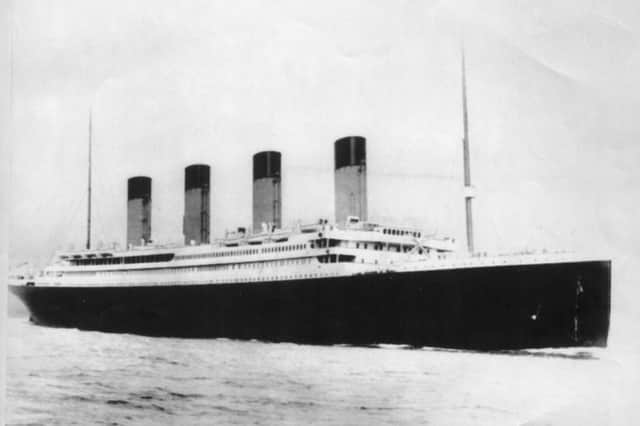How did the Titanic sink? Video explains new evidence suggesting ship went down due to freak weather event
This article contains affiliate links. We may earn a small commission on items purchased through this article, but that does not affect our editorial judgement.
and live on Freeview channel 276
Titanic survivors commented that the sky was clear on the evening the ship sank on April 15 1912. However, for the crew, positioned above the water, the view of the horizon was blocked by a haze that may have stopped them from seeing the iceberg until it was too close.
After analysing survivor accounts, in particular a Times report which quoted lookout Reginald Lee’s observations of the evening, Historian Tim Maltin believes a “thermal inversion” occurred. Maltin suspects cold air from the Labrador current pushed beneath warm air carried by the Gulf Stream resulted in a mirage. During a mirage, light rays bend via refraction and can cause a displaced image of distant objects.
Advertisement
Hide AdAdvertisement
Hide AdThe lookouts, standing in the crow’s nest, may have seen the space between the true horizon and the refracted horizon as a haze. Maltin says the lookouts, who described the iceberg as looking dark, may have missed it due to the berg being poorly defined against the haze behind it.


Maltin also believes that the crew of a nearby ship, the SS Californian, saw the Titanic with a false horizon behind it and thought that they were seeing a smaller ship close by rather than Titanic in the distance. This belief meant that the SS Californian crew did not wake their wireless operator to exchange messages, and instead used Morse lamp signals in an attempt to contact the ship, which did not work.
More than 1,500 of the 2,240 passengers and crew who were on the Titanic died in the disaster.